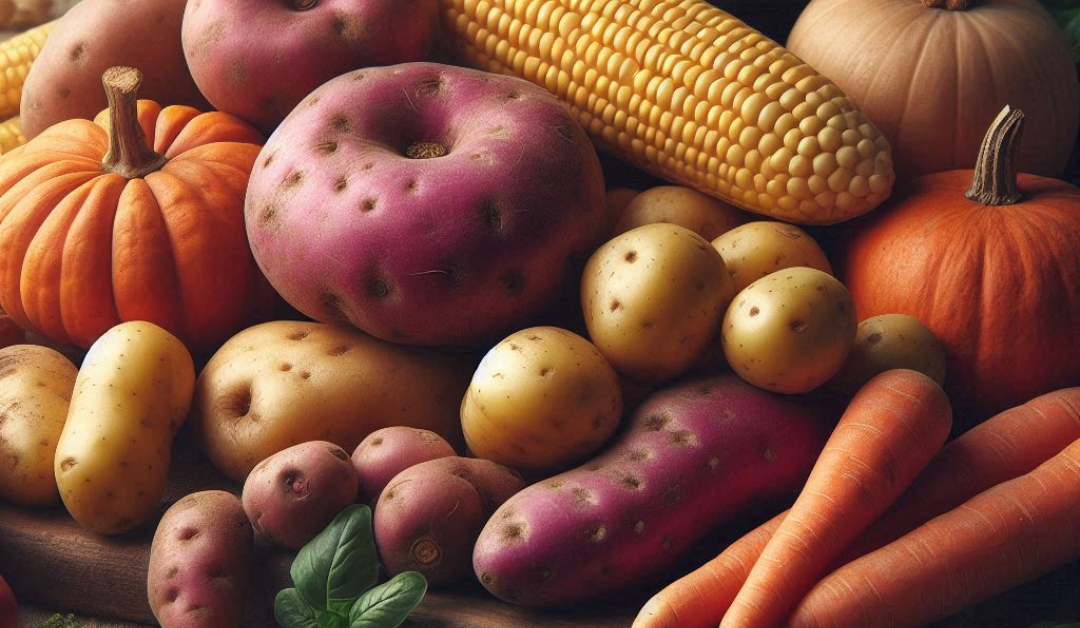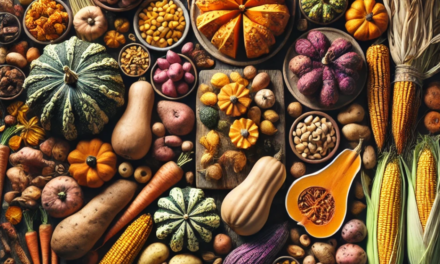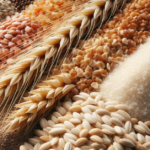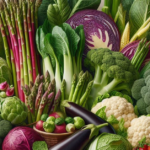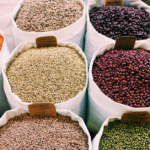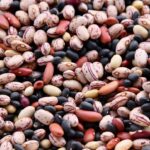As individuals with diabetes, we all know that managing carbohydrate intake is crucial for controlling blood sugar levels. Starchy vegetables like potatoes, corn, and peas contain carbs that can impact blood sugar, but they also offer important nutrients. The key is choosing the right starchy vegetables and managing the portions.
Driving up Blood Sugars With Starchy Veggies
Starchy vegetables have a higher carb content than non-starchy options, like broccoli or spinach. This means they can raise blood sugar levels more. The glycemic index (GI) measures how quickly foods raise blood sugar – the higher the GI, the greater the impact.
Some better starchy veggie choices include:
- Sweet potatoes: Lower GI than white potatoes because of more fiber
- Green peas: With protein and fiber to help blunt the glucose spike
- Corn: Has resistant starch that doesn’t get digested as rapidly
Preparing starches by boiling or baking rather than frying can also help minimize blood sugar spikes.
Choose Nutrient Dense, High Fiber Starchy Vegetables
When incorporating starchy vegetables, focus on nutrient-dense options highest in fiber, like:
- Sweet potatoes
- Peas (actually a legume)
- Corn
- Yams
- Winter squash
The fiber slows digestion so blood sugar rises gradually. Pair starchy picks with protein and healthy fats to further stabilize blood glucose.
Starchy Veggies to Limit
Some starchy vegetables have a more dramatic impact on blood sugar because of higher carbs and lower fiber, nutrient density. These include:
- White potatoes
- Parsnips
- Acorn squash
- Pumpkin
If you want to make healthier food choices, it is best to avoid fried starchy vegetables and be cautious about the portion sizes of these higher-carbohydrate, lower-fiber alternatives.
Don’t Forget Non-Starchy Veggies
Non-starchy veggies like broccoli, cauliflower, leafy greens, and tomatoes are low-carb powerhouses loaded with nutrients. Including a variety provides antioxidants, fiber, and other benefits for diabetes management. Use them to bulk up meals along with moderate portions of nutrient-dense starchy picks.
With some strategic choices and portions, starchy and non-starchy veggies can balance to create a healthy, diabetes-friendly diet. Focus on high-fiber starches, watch overall carb intake, and eat plenty of non-starchy nutrient-dense veggies.
Balance, Balance and More Balance
The key for individuals with diabetes is to find the right balance between starchy and non-starchy vegetables in their diet. By incorporating a variety of both types, they can enjoy the nutritional benefits while managing their blood sugar levels effectively.
Moderation and Portion Control
For starchy vegetables, moderation and portion control are essential. When incorporating them into a diabetes-friendly diet, it’s crucial to be mindful of the serving sizes. Opt for smaller portions of starchy vegetables and pair them with lean proteins and healthy fats to help slow down the absorption of carbohydrates and prevent rapid spikes in blood sugar levels.
Meal Planning and Preparation
Meal planning and preparation techniques can also play a significant role in managing the impact of starchy vegetables on blood sugar. Consider boiling, roasting, or steaming these vegetables instead of frying, as these methods can help minimize the addition of unhealthy fats and preserve the nutrient content.
Experiment with Substitutions
In case you have difficulty in moderating your intake of specific starchy vegetables, it is worth considering trying out some substitutes. For example, instead of opting for white potatoes, try substituting them with cauliflower or zucchini noodles, which are lower in carbohydrates but can still provide a satisfying and flavorful meal.
Creative Cooking for Diabetes Management
Getting creative in the kitchen can make it easier and more enjoyable to balance starchy and non-starchy vegetables in a diabetes-friendly diet. Try some of these tasty ideas:
Veggie Noodle Dishes
Swap out regular pasta for nutrient-packed veggie noodles made from non-starchy vegetables like zucchini, carrots or beets. Top them with your favorite protein, like grilled chicken or lentils along with a tomato or pesto sauce. Add starchy veggie like roasted spaghetti squash “noodles” for extra fiber and nutrients.
Stir-Fries and Veggie-Packed Skillets
Stir-fries and skillet meals are the perfect way to combine a variety of non-starchy veggies like broccoli, snow peas, bell peppers and mushrooms with fiber-rich starchy veggie additions like cubed sweet potatoes or edamame. The mix provides volume and nutrients while managing carb intake.
Loaded Veggie Soups and Chilies
Vegetable-packed soups and chilies let you enjoy an array of non-starchy picks like leafy greens, cauliflower and zucchini with smaller portions of starches, like kidney beans, corn or potatoes providing thickness. Top with avocado, cheese or Greek yogurt for extra satiety.
Roasted Veggie Bowls
Roast a tray of non-starchy veggies like Brussels sprouts, onions and carrots with smaller portions of starchy faves like cubed butternut squash. Serve over a nutty quinoa or brown rice base with a drizzle of balsamic glaze.
Get kids and family involved in prepping and cooking creative dishes too! Making diabetes meal planning a family affair can boost nutrition for everyone while controlling carbs and raising awareness.
Takeaways
When it comes to incorporating starchy vegetables into a diabetes-friendly diet, the important points are:
1. Balance is crucial: Aim for a balanced approach that includes a variety of both starchy and non-starchy vegetables in your meals. This will ensure you’re getting a wide range of nutrients while managing your carbohydrate intake.
2. Focus on nutrient density: Choose starchy vegetables that are nutrient-dense and high in fiber, such as sweet potatoes, peas, corn, and yams. These options will provide essential vitamins, minerals, and fiber while having a more gradual impact on blood sugar levels.
3. Portion control matters: While starchy vegetables can be part of a diabetes-friendly diet, it’s essential to pay attention to portion sizes. Opt for smaller portions and pair them with lean proteins and healthy fats to help slow down the absorption of carbohydrates.
4. Preparation techniques count: How you prepare starchy vegetables can make a difference. Opt for cooking methods like roasting, baking, or steaming instead of frying to minimize added fats and preserve nutrient content.
5. Get creative in the kitchen: Experiment with creative ways to incorporate both starchy and non-starchy vegetables into your meals. Veggie noodles, stir-fries, loaded soups and veggie bowls are all excellent options.
6. Monitor and adjust: Regularly monitor your blood sugar levels and adjust your intake of starchy vegetables accordingly. Each individual may respond differently, so it’s important to find the right balance that works best for your body.
By following these takeaways, individuals with diabetes can successfully incorporate starchy vegetables into their diet while effectively managing their blood sugar levels and promoting overall health and well-being.
Go here to see a list of starchy vegetables to consider adding to your menus.
###
Remember, proactive self-care matters. Every step we take, every decision we make to better manage our diabetes makes a difference in how well and how long we live. Choose wisely. Live long, love life and be well.
The information on this site is not intended or implied to be a substitute for professional medical advice, diagnosis or treatment. The information on this site is for informational purposes only and is not intended to diagnose, treat, or cure any type of disease or condition. Diabetes Control Today does not guarantee any results for your specific situation. In support of our website, we may share resources offered by trusted partners. If you purchase products from any of these partners, the owners of this site may receive a portion of the proceeds. These affiliations allow us to continue bringing you valuable, potentially life-changing content.

